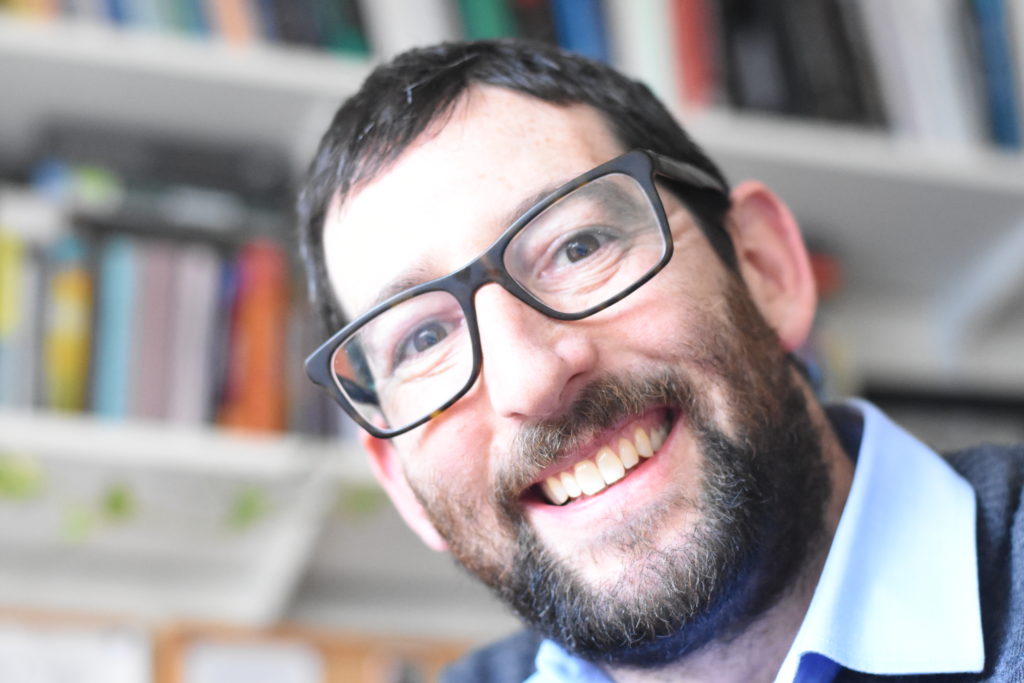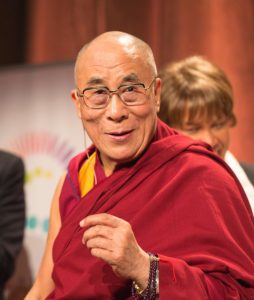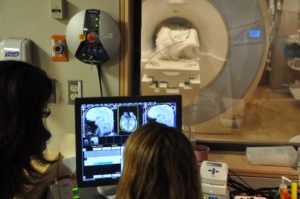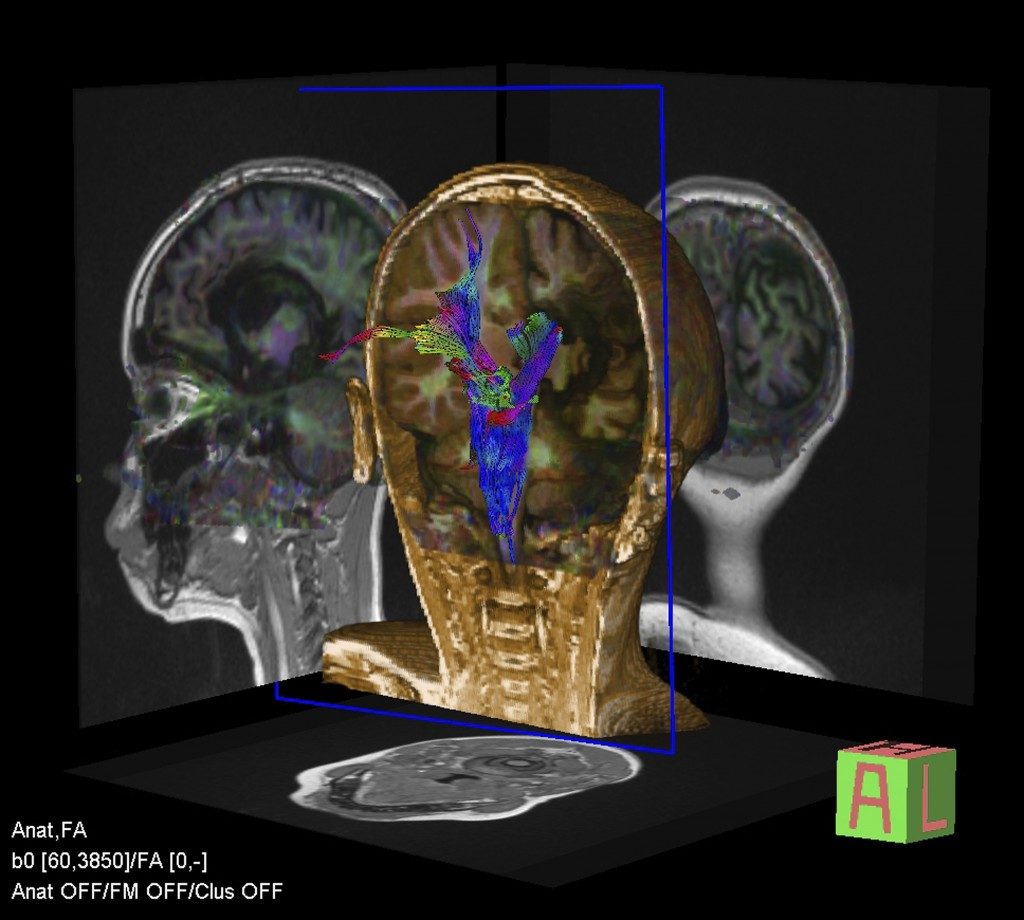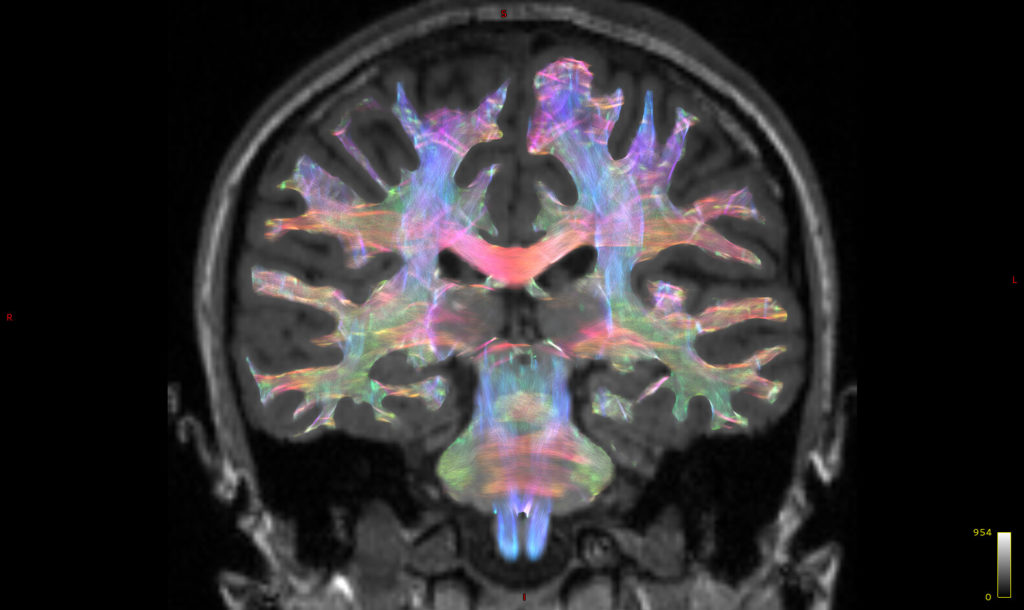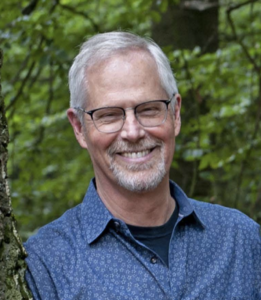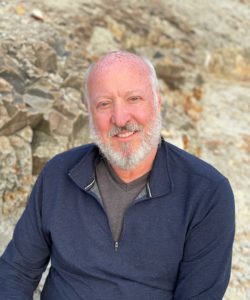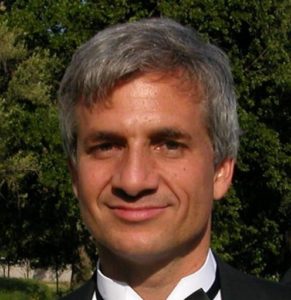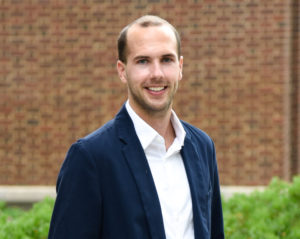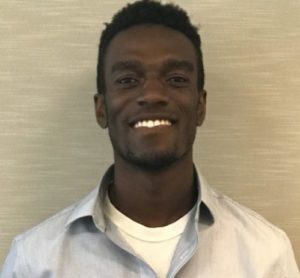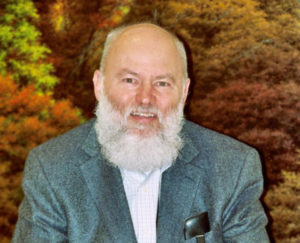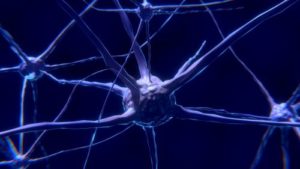You mention a particular mindfulness system developed by Shinzen Young called “the basic mindfulness system.” It is premised on teaching individuals to note and label any experience in three modalities: visual, auditory, and somatic. How is that depicted on the neuroscientific level and how can that distinction be valuable?
Shinzen Young’s model is very helpful because it creates an algorithmic approach to the phenomenological experience. In one particular state that Shinzen teaches, you are encouraged to note and label wherever your mind goes. Shinzen calls it “do nothing,” in the sense that you’re letting your mind goes wherever it wants, but with an open awareness.
There is the interplay between the mind wandering experience and meditation. In mind wandering, there is no awareness and there is a tendency to have it negatively influence your future behaviors. Conversely, meditation has positive influences on behaviors. But the content of the mind is similar in both. Shinzen’s model allows us to focus on different modalities of noticing.
Not only does it allow us to use very specific modalities to see if we can track stable attention in these different modalities, but you can also look at the difference between external focus and internal focus on an object in that modality that is arising. One thing that we are interested in is what characterizes a truly resting mind. It’s not one that is free of wandering, but one that is absent of sensory stimuli.
During these methods, these practitioners are able to stabilize concentration during the absence of mental objects and it’s something that is typically described as the rising and passing of an object. After it has passed, he calls it “gone”. Now that the object is gone, is the individual still going to pay attention within the visual domain in which there is an absence of visual stimuli?
You can study this interplay by asking where is their mind as they are focusing on different objects. It creates a very nice algorithm. We’re not wedded to any one contemplative tradition but we think that his model is helpful in this particular context. We want to also go across traditions like Judaism, Islam, Christianity, and other traditions that have an element of contemplation or self-transcendence.
What has been the most rewarding part of being a researcher of mindfulness-based interventions over the years?
The most rewarding part is being able to come to work every day and loving what I do. I see the value for myself and other people, and I am really trying to take the field forward, really help reduce suffering, and improve the human condition. I see that as incredibly valuable and it feels good to do that for others.
What does the future of the science hold? What more is there to learn?
The technology will be the ultimate factor that determines how this field progresses. We’re limited by methods that allow us to understand the brain-mind-body connection. The model itself is going to be the same: how do you achieve enlightenment, how do you improve awareness, regulation, transcendence- how does this all happen? How we map it out better will be determined by technology. And because we’re so technologically driven as a society, it’s in inevitable that devices like phones will be part of our integration and development of mind-body awareness.
That being said, I think that even within 5-10 years, I think it’s safe to say that we’ll have different biosensors that give us more physiological feedback and insight indicating our states of mind and body. This will allow us to check in and examine the elements of physiology that are bad to us and regulate those elements more effectively. We’re going to have these elements of mindfulness in every sector of society, whether its education, workplace, health: it’s all about improving our awareness about what our mind and body are doing.
These models are going to help us improve the human condition across various domains. We already see it happening now, there are many books, and new mindfulness educational curriculum being developed, but we’re still in the infancy of the science. We still have a long way to go.
Is there anything I haven’t asked you that you would like to share?
One thing that we focus on is brain networks and their patterns and matching that with phenomenology. Another thing is dealing with all the hype out there. That’s one of the problems to raise awareness to. There is so much information that comes from media that often says mindfulness can cure everything. We have to be wary that it can’t cure everything. At this point, there isn’t enough data to show that mindfulness can even improve attention. It’s very weak in the literature. That should give us a sliver of skepticism, but a healthy dose of it in the sense that the science is still new and we’re trying to still demonstrate the benefits and identify which populations will benefit from meditation and which will not. We have a long way to go. Some of the findings are certainly exciting but we have to approach it cautiously, and be cautiously optimistic about it. We cannot forget that this is a young science and we still have a lot to learn.


